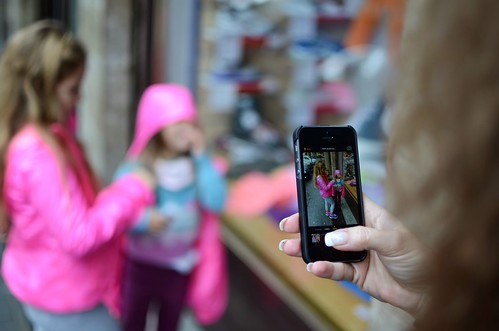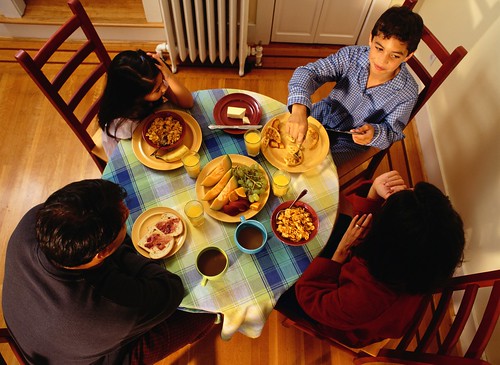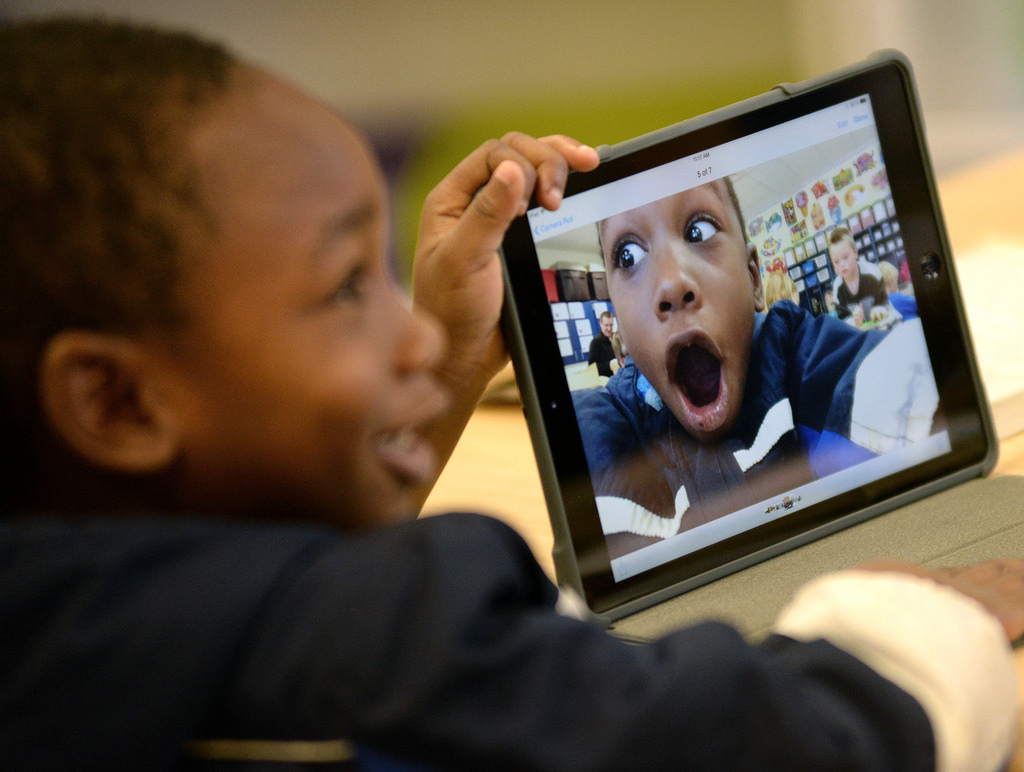We are almost half-way through our Eduro Learning mini-series of resources and events for parents! We are super excited about everything we’re sharing, and we hope you’ve been enjoying the weekly FB live sessions, free downloadable resources and blog posts too!
Now that it’s summer holidays, we know that parents might be a little extra stressed about all the time their children may want to be spending on their devices. So, this week’s FB Live session, blog post and free resource are all about social media – specifically for parents!
When we facilitate parent training sessions (which we love to do!) we find that parents often have very similar concerns about social media, and, as a preview to my Eduro Learning FB live session this week, here’s how we usually address them:
1. Who are they talking to? What if they are talking to strangers?
This is probably the number one fear for parents: what if their child connects with a stranger who has bad intentions. The good news is that teens are much more savvy than we may think they are. Research shows that not only are children more aware and conscious of non-peer group interest than we think, but that the numbers of online predators are much lower than initially presented. In fact, it’s much more likely to be people known in “real life” that could be a potential threat.
Teens are using lots of different strategies to keep themselves safe in social media spaces – even creating multiple accounts for different types of sharing, so they can be relieved of the pressure of appearing “perfect” all the time. This may sound like a lot of work to the adults in their lives, but teens are highly conscious of what they post and who will see it, even to the point of heavily curating their Instagram profiles to only include pictures that are the most popular. For an inside look, check out the Wired article: Like, Flirt, Ghost: A Journey Into The Social Media Lives of Teens.

Perhaps a more relevant concern for parents is helping their children make good choices in what they post, share and chat about in online spaces. Schools around the world are prioritizing the importance of digital citizenship in their instruction, helping students understand how critical it is to “think before you post” so that they make good choices in what they share. Articles like this recent example are often used to illustrate how powerful a social media profile can be. These examples are helping teens recognize that privacy online is not always as private as they think, and each time they hit publish they are making an important choice which can impact their future.
2. Why do they spend so much time there? It’s not “real life”!
For those of us that grew up without social media, it may be hard to recognize that these digital spaces are the new social spaces for kids. This is where they are socializing, it’s where they’re creating and adjusting social norms as they grow up.
We may have hung out at the mall or a local diner or restaurant, usually unsupervised by parents, but many teens today don’t have that option. Instead, they spend their time connecting with friends, sharing events from the day, and generally just hanging out in online spaces instead.

It might appear like they’re alone or isolated, but in actual fact, they’re almost always connected, chatting, sharing and socializing. For more misconceptions about teens and social media, check out this summary of danah boyd’s book, It’s Complicated (which you can download for free here), Five Myths About Young People and Social Media.
In these spaces young people are learning about who they are and who they want to be. For an inside look on how teens view social media tools, check out this article: A Teenagers View on Social Media.
3. What do I need to know about each tool my child is using?
This week’s free resource is about the top 3 social media tools today: Snapchat, Instagram and YouTube. It covers the basics of how they work, what kids like about them, and provides further resources for learning more. This is a great place to start to get to know some of the tools your child might be using.
As we work with schools, parents, teachers and students around the world, we notice that these three tools are fairly consistently popular, but there are always at least a few other tools that are favorites with each specific school community. For example, in Japan, Twitter is popular because it’s possible to say so much more with Japanese characters (kanji) than it is using the Roman alphabet. This means that lots of school communities in Japan are using Twitter, but it may not be as popular with users who find the restrictions more challenging. In other school communities we’ve seen tools like musical.ly take center stage. Basically, it depends on the culture of the school community, and each one is different.

In addition to school culture, the reality is that the tools are constantly changing. New tools come out all the time and it’s almost impossible to predict which ones will “take off”. So, please don’t feel like you need to know how to do everything in every app. That would be almost impossible to manage.
Instead, the most important things for parents to know about each tool is that they all:
- provide an opportunity for people to connect, share and communicate
- usually offer some way to determine publicity level (private, protected or public posting)
- often offer ways to follow others, and have others follow you
- provide spaces for both public and private messaging
As a parent it’s just fine not to know how to do everything in the app. Understanding the essential elements of what these type of apps do (and how they are similar) are the most important part. From there, you can be a learner with your child and explore how to use new tools as they are created. Because you’ll find that many apps are very similar, you will be able to transfer your skills from one to the other, along with some guidance from your child (see the next tip).
4. How do I keep up?
Technology is changing so fast, it’s almost impossible to keep up with all of the latest tools. So, instead of feeling like you’re falling behind, let your child be the teacher! Ask your child to teach you how to use all their favorite tools (you might need to warn them that you might need some extra help) and be a learner as you explore with them!

This might sound a little intimidating to some parents, but this is a great opportunity to demonstrate the power of being vulnerable, to help your child build confidence and to have some (potentially) silly fun together. You can choose one app and ask your child to “friend” you and connect with you there, making time to send messages on the regular, or experiment with a bunch of different apps.
The key is to be open to learning, to demonstrate that you are not the expert in everything (which is totally ok) and to treat this social space as a valid environment for hanging out with friends. Recognizing the authenticity of social media spaces as social spaces will go a long way to opening the doors of communication with your child.
5. What should I be doing to keep my child safe?
The most important thing you can do as a parent is to have ongoing, authentic conversations with your child, where you recognize the value of connecting in social spaces. Ask questions, truly listen to the responses, and try to relate to your own personal experience. Their lives may look very different to ours, but validating that their social spaces as just as important to them as ours were to us, is the key.

Your conversations can be about anything having to do with friendship, which as an adult, you already know tons about. Because their world moves seamlessly between face-to-face and virtual, their experience of friendship may look different to you, but they are having parallel experiences to yours, just in their social spaces. As you share and talk with your child, try to make the connections between your adolescence and theirs. You may not need to share those examples with your child, but it might help you make a personal connection to their experiences.
You might want to start by asking some simple questions:
- who did you spend time with today?
- what made you happy today?
- what are you excited about today?
Or, you might frame your questions around something you learned or heard:
- what’s a Snapchat streak?
- can you teach me how to use Snapchat?
- who should I follow on Snapchat?
In all honesty, it doesn’t matter how you start. Begin with what’s natural for you and your family and move on from there. Keep the lines of communication open so that your child knows you are as interested in their digital life as you are in their physical life. Think about the kinds of things you would talk about if they went over to a friends house, or out with a group of friends. That’s essentially what they’re doing in these spaces, just the “location” is different.
Final Thoughts
It’s not easy being a parent today! It feels like technology is changing so quickly (because it is) and there is so much pressure to keep up. Let us help you! Join me this week for my next Eduro Learning FB Live session, download our free resource, and check out our online courses for parents: Parenting in the Digital World.
We are so excited to be sharing all of these great resources with parents, and to be connecting you to each other! Let us know how we can help you – questions, ideas, suggestions? Please drop a comment on this post, or in any of our social media services, we’d love to hear from you!
Images:
- iPads for Kids by Zach Frailey, CC licensed on Flickr
- See? by Joaquin Villaverde, CC licensed on Flickr
- Sunset Selfie by chat des Balkans, CC licensed on Flickr
- School Busses by JohnPickenPhoto, CC licensed on Flickr
- Family Portrait 2.0 by Andrea Caligaris, CC licensed on Flickr
- Family Dinner by U.S. Department of Agriculture, CC licensed on Flickr






2 thoughts on “Social Media FAQ for Parents”